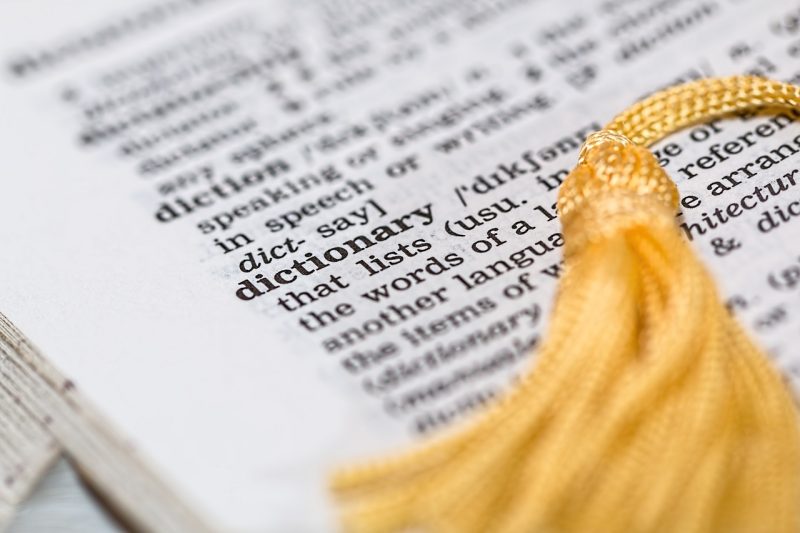Even the most experienced renters or landlords can find it confusing. Renting can introduce you to unfamiliar terms. This dictionary was created by liv.rent to help both renters and landlords understand the lingo of renting.
You will encounter many terms in the rental business. This section will cover all aspects of renting, no matter if you are a newbie or seasoned.
Application Formal request to rent property. This includes essential information, such as the full name of the renter, their social security number, previous addresses, or employer information.
Landlord The owner or representative of the owner, who rents the property. They are responsible for ensuring the lease agreement is followed and complying with local tenancy laws.
Lease/Lease Agreement — A residential lease agreement, which is a contract between the landlord and tenants. This document contains key details such as the amount of payment, frequency, and other terms.
Amenities — An additional, often beneficial feature or facility that is included in a building, rental property or individual unit. As examples, you can find covered parking or fitness centers.
Apartment — A unit that is a residential unit within a larger building housing multiple units.
Common area — A place that has been made accessible to all occupants of the building. Examples include elevators and lobbyes.
Features • A desirable, unique quality in a rental property, or unit, such a laundry room and gas stoves.
Furnished Rent a unit with furniture included in the rent. Fully furnished units include all furniture that a renter may require. Some additional furniture may be available in partially furnished units, but tenants can bring their own.
House — A residential unit that is occupied by a single person or a family.
Lease term • A set period during which a residential rental agreement will be in place.
Move-in date The day that a tenant starts living in a rental home and when the residential tenancy agreement is and term officially start.
Occupancy This is the number of people who can live in a rental property at one time. This can also be used as a description of the act or renting out a property.
Pet insurance — This set of rules governs the number, type, as well as any fees or restrictions that tenants may impose on their pets. These rules are found in the lease and addendum.
Room available for rent A part of a house or apartment that can be rented out as a rental.
Strata This type of property ownership allows owners to own individual’strata lots’ while simultaneously collectively owning the common property as well as assets under a strata corporation. Each group will have its own rules, bylaws and should be agreed to in a lease.
Townhome — Multi-storey housing attached to other similar houses that share walls.
Unfurnished — A rental unit without furniture is not included in the rent.
Unit • A self-contained area within a building, or on a property that is being let.
Utilities • Services like electricity, natural gas, and internet provided to rental properties. These can be paid by renters, or covered by landlords. Most lease agreements will contain rules concerning utilities.
Vacancy • When the rental unit is empty.









